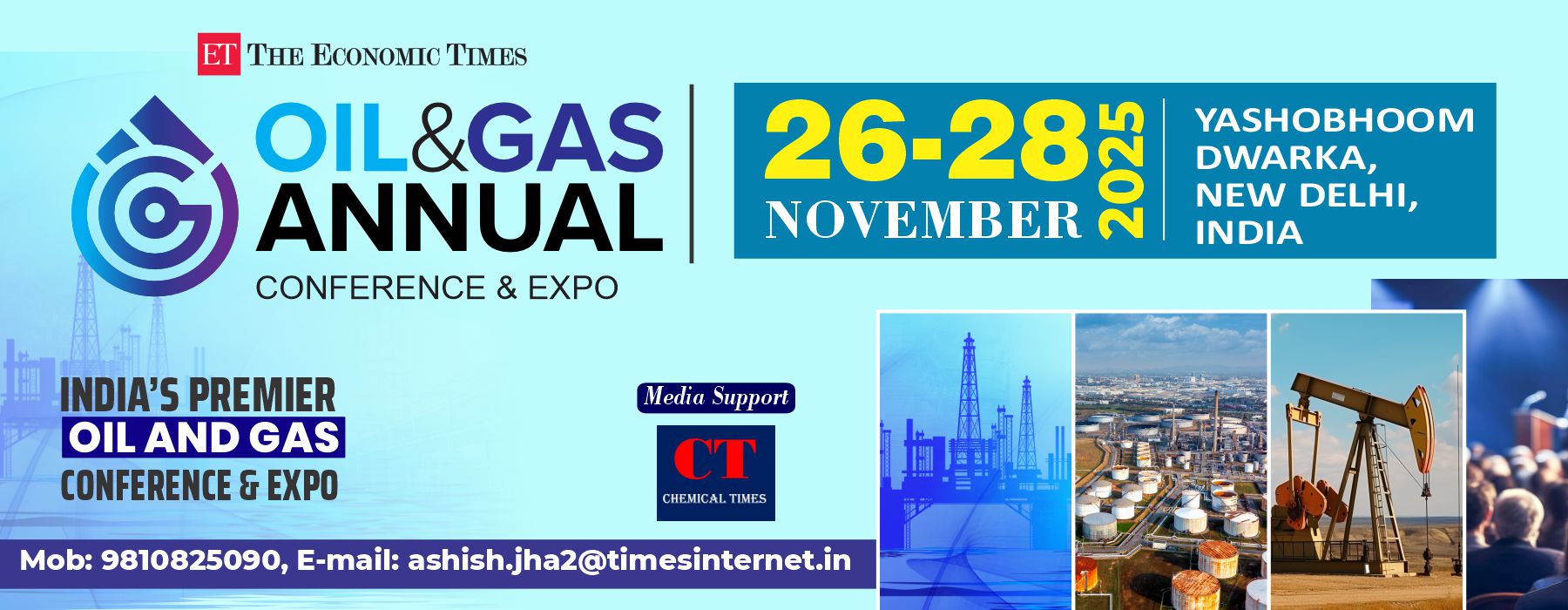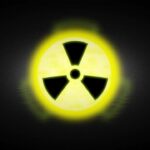For over a decade, natural gas has been hailed as the “bridge fuel” that would guide the world from coal-dominated energy systems toward a cleaner, renewable-powered future. Its promise lies in its ability to produce less carbon dioxide (CO₂) than coal or oil and its flexibility in supporting renewable energy technologies. But as climate urgency mounts and evidence of environmental trade-offs grows, the narrative around natural gas is rapidly shifting. Is it truly a stepping stone to a sustainable energy system, or just another fossil fuel delaying the inevitable?
This article explores both sides of the argument, examining the benefits, drawbacks, and future implications of relying on natural gas in a warming world.
The Bridge Fuel Argument: Why Natural Gas Gained Popularity
1. Lower CO₂ Emissions Compared to Other Fossil Fuels
One of the main arguments in favor of natural gas is its lower carbon intensity. When combusted, natural gas produces about 50–60% less CO₂ than coal and roughly 30% less than oil per unit of electricity generated. For countries seeking to quickly reduce emissions without disrupting their energy systems, switching from coal to gas has seemed like a logical step.
2. Reliable Support for Renewables
Unlike coal-fired power plants, natural gas plants can ramp production up or down quickly. This ability to adjust output makes them well-suited to complement intermittent renewable sources like solar and wind, which depend on the weather and time of day. In this way, natural gas has been positioned as a “backup” power source while renewable infrastructure scales up.
3. Utilization of Existing Infrastructure
Many countries already have extensive natural gas infrastructure, including pipelines, processing facilities, and power plants. Leveraging this network allows for a faster transition away from coal, without waiting for new renewable infrastructure or storage systems to be fully developed.
4. Enhanced Energy Security
In some regions, natural gas also provides a more politically stable or domestically available alternative to oil or coal imported from volatile areas. Countries seeking to enhance their energy independence have turned to domestic shale gas and liquefied natural gas (LNG) imports to diversify supply.
These factors contributed to natural gas being dubbed the “cleanest fossil fuel” and a pragmatic interim solution on the road to net-zero emissions.
The Counterargument: Why Natural Gas May Be a Climate Dead-End
Despite its advantages, a growing body of research and climate advocacy suggests that natural gas may not be the transitional savior it was once considered to be. In fact, continued reliance on gas could lock in carbon emissions and delay the adoption of truly clean technologies.
1. Still a Major Source of Greenhouse Gas Emissions
Natural gas is a fossil fuel. Burning it still releases substantial amounts of CO₂ into the atmosphere—albeit less than coal. If the world is to reach the 1.5°C or even 2°C climate targets set by the Paris Agreement, total emissions from all fossil fuels, including gas, must decline significantly in the next decade.
Even a relatively “clean” gas plant emits 400–500 grams of CO₂ per kilowatt-hour (kWh) of electricity—far more than renewable sources like wind (10–15 g/kWh) or solar (20–50 g/kWh).
2. Methane Leakage Undermines Climate Benefits
Perhaps the most significant issue with natural gas is that it is primarily composed of methane (CH₄), a greenhouse gas that is more than 80 times more potent than CO₂ over a 20-year timeframe. Methane can escape into the atmosphere during extraction (such as hydraulic fracturing), processing, transportation, and even from end-use appliances.
Studies suggest that if leakage exceeds 3%, natural gas loses its climate advantage over coal. Some recent assessments indicate that leakage rates in certain shale basins may approach or exceed this threshold.
3. Risk of Infrastructure Lock-In
One of the most underappreciated dangers of natural gas is the long-term infrastructure that comes with it. Pipelines, LNG terminals, and gas-fired plants are expensive and are often designed to operate for 30–50 years. If countries continue building or upgrading this infrastructure, they may feel compelled to keep using it for decades to recoup investments—potentially derailing progress toward decarbonization.
This is known as carbon lock-in, where early investments in fossil fuel assets make it harder to pivot to cleaner alternatives in the future.
4. Rapid Advances in Renewable Technologies
Over the past decade, the costs of wind, solar, and battery storage have dropped significantly—by more than 80% in some cases. In many regions, it is now cheaper to build new renewable plants than to operate existing gas plants. The argument that gas is needed to “bridge the gap” to affordable clean energy is becoming obsolete.
Moreover, emerging technologies such as green hydrogen, long-duration energy storage, and smart grids are making it increasingly possible to create reliable, 100% renewable energy systems without relying on fossil fuels.
So, Is Natural Gas Still a Bridge?
The idea of natural gas as a bridge fuel may have made sense ten or fifteen years ago, when renewable technologies were costlier and less mature. But in today’s world—where climate science has clarified the need for deep emission cuts by 2030 and clean energy is increasingly cost-competitive—natural gas looks more like a roadblock than a bridge.
Countries and utilities that once leaned on natural gas are now reconsidering. The European Union has introduced stricter rules on methane emissions, while the United States’ Inflation Reduction Act promotes electrification and renewable energy over gas. Meanwhile, developing nations are weighing whether to leapfrog straight to renewables instead of investing in expensive gas infrastructure.
The Path Forward: A Smarter Bridge
If natural gas is to play any transitional role going forward, it must be part of a narrow, time-limited strategy:
Strict methane regulations must be implemented and enforced to reduce leaks across the supply chain.
No new long-term investments should be made in gas infrastructure without clear phase-out plans.
Integration with clean technologies, such as carbon capture and storage (CCS), must be evaluated with realism—especially considering current technological and cost limitations.
Policymakers must prioritize renewables and storage as the true long-term solution.
In essence, the bridge must be short, well-maintained, and clearly directed toward a renewable future—not a detour into decades of continued fossil fuel reliance.
Conclusion: Reframing the Narrative
The debate over natural gas reflects a broader shift in how the world views energy transition. No longer is “better than coal” good enough. The focus now must be on achieving true zero-emissions energy systems—not just “less bad” alternatives.
Natural gas may have played a role in the early phases of transition, but its time as a climate-friendly fuel is quickly running out. As nations race to decarbonize in the face of worsening climate impacts, the future of energy must be built on renewables, storage, energy efficiency, and electrification—not another fossil fuel.
It’s time to cross the bridge—and not look back.




